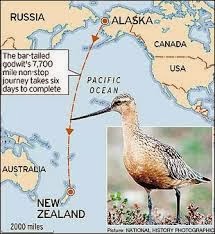The world thinks so and states so.
Article 31 of the UN's Universal Declaration of Human Rights reads:
 |
| Source - water-sprouts.blogspot.com |
Detroit's Cuts Off Water Supply
City of Detroit's Water & Sewage Department has started shutting off water for households who have not paid their water bill. As many as 3000 in April 2014 and 4500 in May 2014 customers are affected and have no water supply to their homes.
The UN: This may be a Human Rights Violation
The UN has called out this action by the City of Detroit as a Human Rights violation. According to a UN spokesman shutting off water to people who cannot afford to pay is a human rights violation. Water can be shutoff for only those people who are able to pay but have not paid.
How did Access to Water become a Right?
 |
| Source - right2water.eu |
As history shows, the rights of the global public have increased over time with the increases enshrined in laws and regulations.
 |
| John Locke Source - en.wikipeddia.org |
- In much of history, only a privileged few (royalty, leaders and very few others) were seen as deserving of rights; the view that everyone has some inalienable rights was held by an insignificant minority.
- John Locke (1632-1704) was probably the first person to publicly state that humans had some "natural" rights. In his day, his statement was interpreted as applying only to European men.
 |
| Voltaire (François-Marie Arouet) Source - en.wikipedia.org |
- In the 18th century, Voltaire began advocating for rights that primarily addressed "civil liberties". His arguments found support in European society that was starting to question traditional institutions, customs and morals because they had begun to recognize that much of progress could be attributed to the use of "reason" and "freedoms for individuals."
 |
| US Constitution Source - news.yale.edu |
- The US Constitution (adopted in 1789) and the addition of the Bill of Rights (1791) expanded and institutionalized the idea and universality of the concept of Human Rights. It was still, however, up to governments to decide how many right and to whom what "rights" were to be provided.
 |
| The Nurenberg Trials Source - commons.wikipedia.org |
- World War II and the atrocities by the Nazis on their own citizens took the issue of human rights away from individual governments and placed it in the hands of the international community.
- On December 10, 1948, the U.N. General Assembly adopted the Universal Declaration of Human Rights (UDHR).
Eventually the UN wrote Article 31 that makes Access to Safe Water a human right for every person regardless of where they live.
Eventually the UN wrote Article 31 that makes Access to Safe Water a human right for every person regardless of where they live.












































